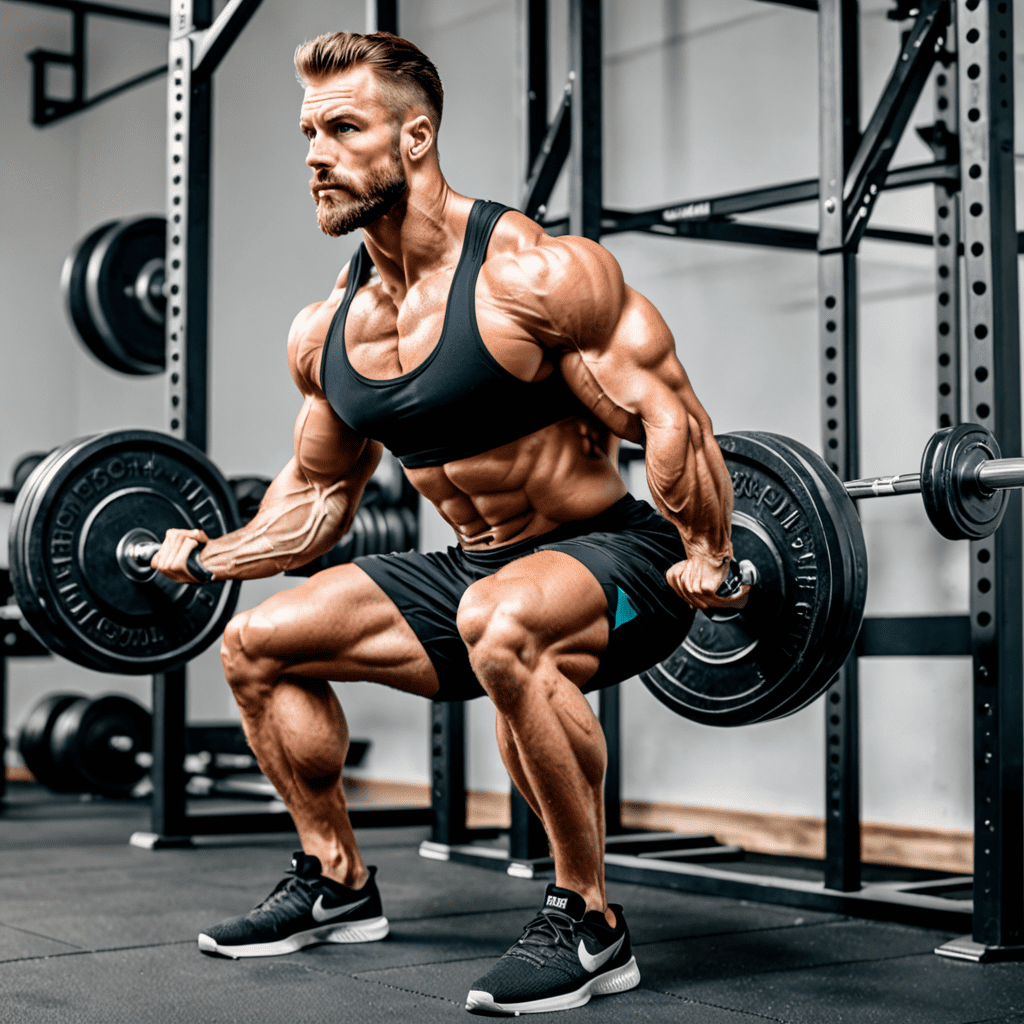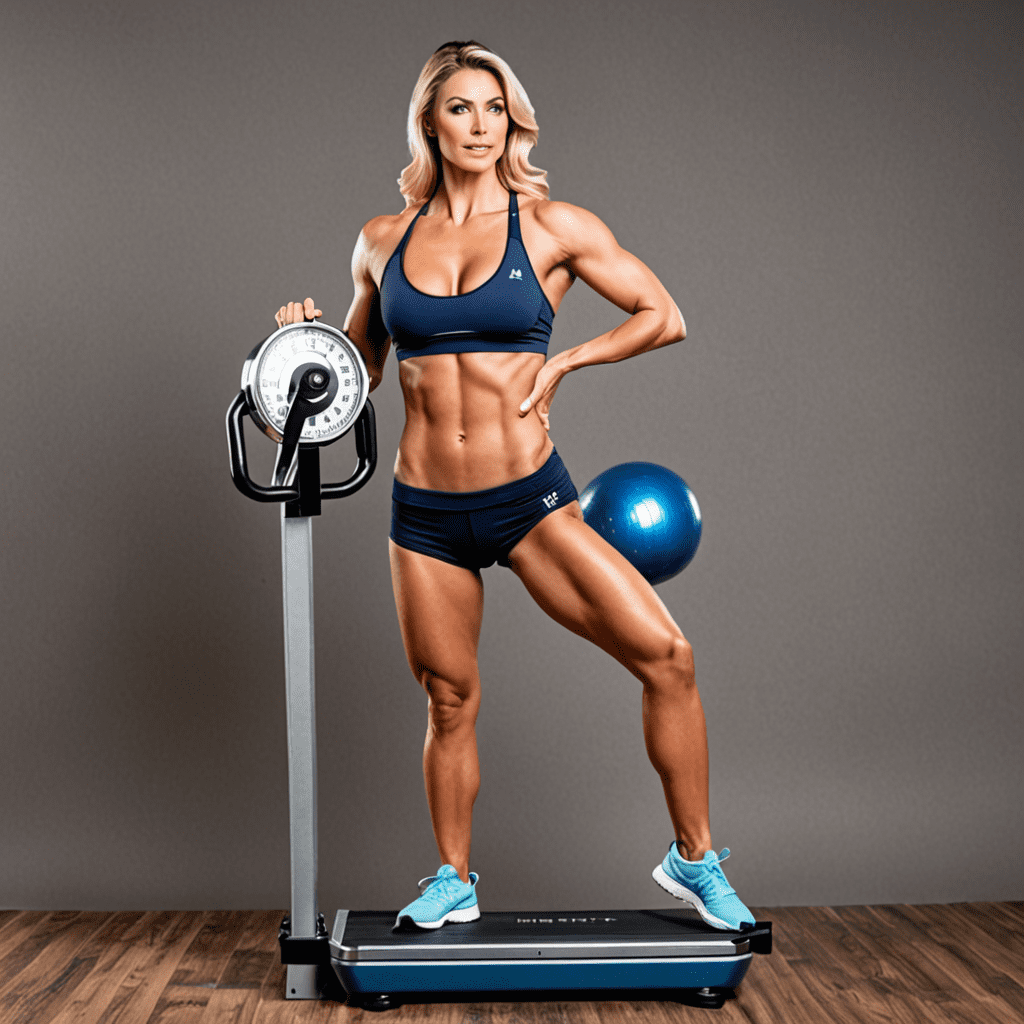
Unlock Your Full Range of Motion with These Tips for Achieving a Deeper Squat
Are you struggling to achieve a deep squat? Whether you’re a fitness enthusiast or just starting your fitness journey, mastering a deeper squat can provide numerous benefits. Not only does it improve your lower body strength and flexibility, but it also helps to enhance your overall posture and balance. In this article, we will explore some tried-and-true tips to help you unlock your full range of motion and achieve a deeper squat.
1. Focus on Mobility and Flexibility Exercises
To improve your squat depth, it’s crucial to prioritize mobility and flexibility exercises. Target areas such as your hips, ankles, and thoracic spine. These exercises can help to open up your joints and increase your range of motion, allowing you to achieve a deeper squat. Incorporate exercises like hip flexor stretches, ankle mobility drills, and thoracic spine rotations into your warm-up routine or daily stretching regimen.
2. Strengthen your Core and Lower Body Muscles
Building strength in your core and lower body muscles is essential for achieving a deeper squat. Engaging your core helps to stabilize your body and maintain proper form throughout the squat movement. Additionally, strengthening your glutes, quadriceps, and hamstrings provides the necessary power and stability required for a deeper squat. Include exercises such as squats (assisted, goblet, or barbell), lunges, deadlifts, and glute bridges to target these muscle groups and improve your squat depth.
3. Work on Your Technique
Proper squat technique is paramount when aiming for a deeper squat. Start by ensuring that your feet are shoulder-width apart, with toes pointing slightly outward. As you descend into the squat, focus on sitting back and down, as if you are sitting into a chair. Keep your chest up, with your spine in a neutral position. Aim to lower yourself until your hips are below parallel with your knees, but make sure to maintain control and avoid rounding your back. Practice your technique with bodyweight squats initially, and gradually add weight as you become more comfortable and confident.
4. Gradually Increase Depth and Load
Achieving a deeper squat takes time and patience. It’s important to gradually increase both the depth and load of your squats as your strength and mobility improve. Start by focusing on achieving proper form and gradually increasing your range of motion. As you become more comfortable at a particular depth, you can begin to add weight, such as using dumbbells or barbells. Prioritize gradual progress over rushing the process, as this will help to prevent injuries and ensure long-term success.
5. Incorporate Mobility Drills Before and After Squatting
To improve your squat depth, it’s beneficial to include mobility drills as part of your warm-up and cool-down routine. Dynamic stretching exercises, such as hip circles or figure-four stretches, can help to prepare your body for the squatting motion and enhance your range of motion. Likewise, including mobility drills after your squatting session can help to alleviate any tightness or stiffness and aid in recovery.
6. Listen to Your Body and Be Consistent
Lastly, it’s crucial to listen to your body and be consistent in your efforts to achieve a deeper squat. Pay attention to any discomfort or pain and adjust your technique or depth accordingly. Remember that everyone’s body is unique, and what works for others may not work for you. Focus on your own progress and remain consistent with your mobility and strengthening exercises. With time, patience, and dedication, you will steadily improve your squat depth.
FAQ
Q: How long will it take to achieve a deeper squat?
A: The time required to achieve a deeper squat varies from person to person. It depends on factors such as your current flexibility, mobility, and strength levels. Consistency and patience are key; with regular practice and the right exercises, you can steadily improve your squat depth over time.
Q: Are there any precautions I should take before attempting a deeper squat?
A: It’s essential to ensure that you are physically capable and properly warmed up before attempting a deeper squat. If you have any existing injuries or concerns, it’s recommended to consult with a healthcare professional or a qualified fitness trainer before embarking on this journey.
Q: Can squat shoes help improve my squat depth?
A: Squat shoes, also known as weightlifting shoes, can provide additional support and stability during squats. They feature an elevated heel that allows for improved ankle mobility, making it easier to achieve a deeper squat. While squat shoes can be beneficial, they are not a substitute for proper technique, mobility exercises, and strengthening.
Q: Should I squat every day to improve my squat depth?
A: Squatting every day may not be necessary to improve your squat depth. The muscles involved in squatting require adequate rest and recovery to grow stronger. Instead, focus on incorporating squatting exercises into your weekly workout routine, allowing for sufficient rest days in between.
Q: Can I still achieve a deeper squat if I have limited flexibility?
A: Yes! Limited flexibility can be improved with consistent stretching and mobility exercises. It may take more time and effort, but with dedication and proper techniques, you can gradually improve your flexibility and achieve a deeper squat.
Q: Are there any alternatives to traditional squats to deepen my squat range?
A: Yes, there are alternative exercises that can help improve your squat range. Exercises such as box squats, goblet squats, and Bulgarian split squats can target similar muscle groups while adapting the range of motion to suit your current abilities. Incorporate these variations into your routine to work towards a deeper squat.


